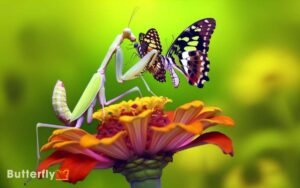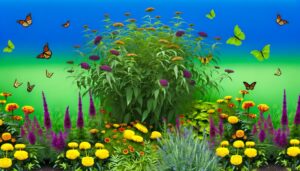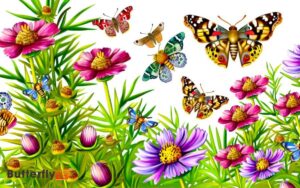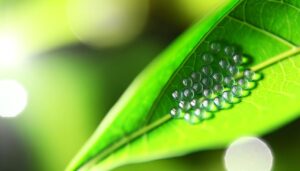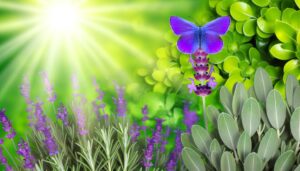Why Didn’t The Butterfly Go To The Dance?
The butterfly didn't go to the dance due to its instinctual focus on survival and resource acquisition. These priorities outweigh non-essential activities to minimize exposure to predators and optimize reproductive success.
Environmental conditions, such as temperature and nectar availability, greatly influence its behaviors. Butterflies also employ camouflage and strategic flight patterns to deter threats.
In addition, vivid coloration can either attract predators or act as a warning, affecting their visibility. Mating rituals rely on specific environmental cues and resources.
This complex interplay of factors reveals the butterfly's adaptive strategies and survival mechanisms, offering more insights when examined closely.
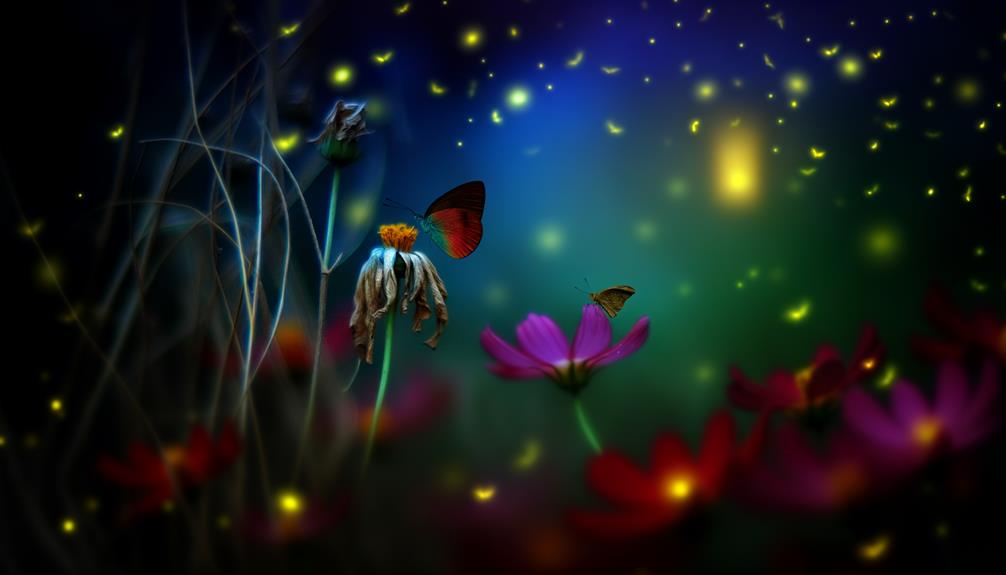
Key Takeaways
- Butterflies avoid non-essential activities to reduce exposure to predators, prioritizing safety over social engagements like dancing.
- Engaging in activities like dancing might increase vulnerability due to their vivid colors attracting predators.
- Butterflies focus on resource acquisition, such as feeding on nectar, which is essential for their energy sustenance and survival.
- Environmental factors like temperature and humidity influence butterfly behavior, potentially making conditions unsuitable for non-essential activities.
Survival Instincts
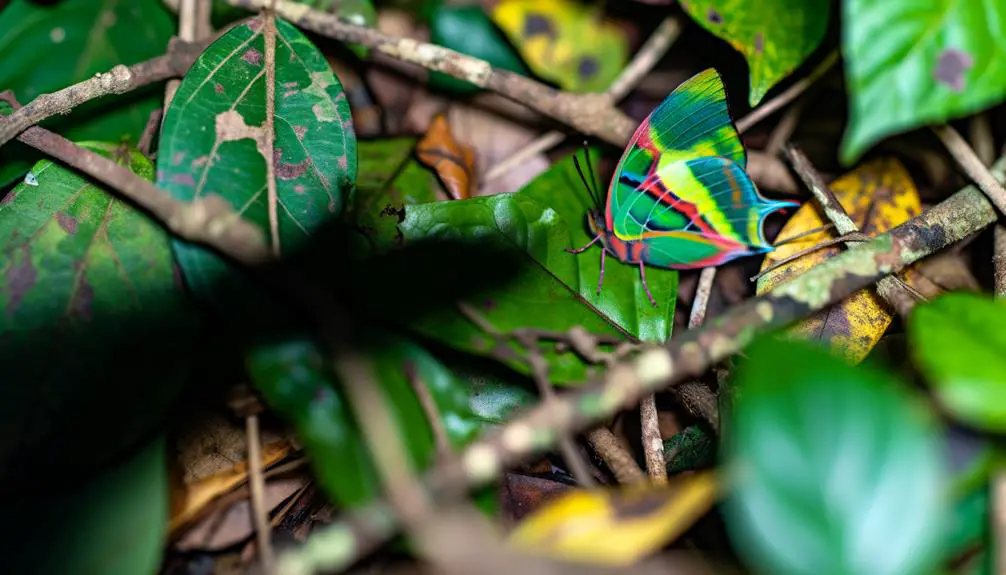
The butterfly's decision to forego the dance can be attributed to its innate survival instincts, which prioritize safety and resource acquisition over social engagement.
Butterflies, like many insects, are driven by behaviors that enhance their chances of survival and reproductive success. This includes avoiding potential threats and ensuring access to essential resources such as nectar and suitable habitats for laying eggs.
Engaging in non-essential activities, such as a metaphorical dance, could expose them to predation or deplete their energy reserves.
In addition, butterflies exhibit an acute sensitivity to environmental cues, which informs their decision-making processes.
Environmental Conditions
Environmental conditions play a critical role in influencing a butterfly's behavior and habitat selection. Factors such as temperature, humidity, and availability of nectar sources are pivotal in determining their activity levels and locations. For instance, butterflies are ectothermic and rely on external heat sources to regulate their body temperature. Consequently, cooler temperatures can inhibit their ability to fly, affecting their participation in mating rituals and other activities. Additionally, high humidity levels are essential for maintaining the structural integrity of their delicate wings.
| Environmental Factor | Impact on Butterflies |
|---|---|
| Temperature | Affects flight capability |
| Humidity | Maintains wing integrity |
| Nectar Availability | Influences feeding behavior |
| Light Exposure | Regulates daily activity cycle |
Understanding these conditions helps us comprehend why butterflies may avoid certain environments.
Predators and Threats
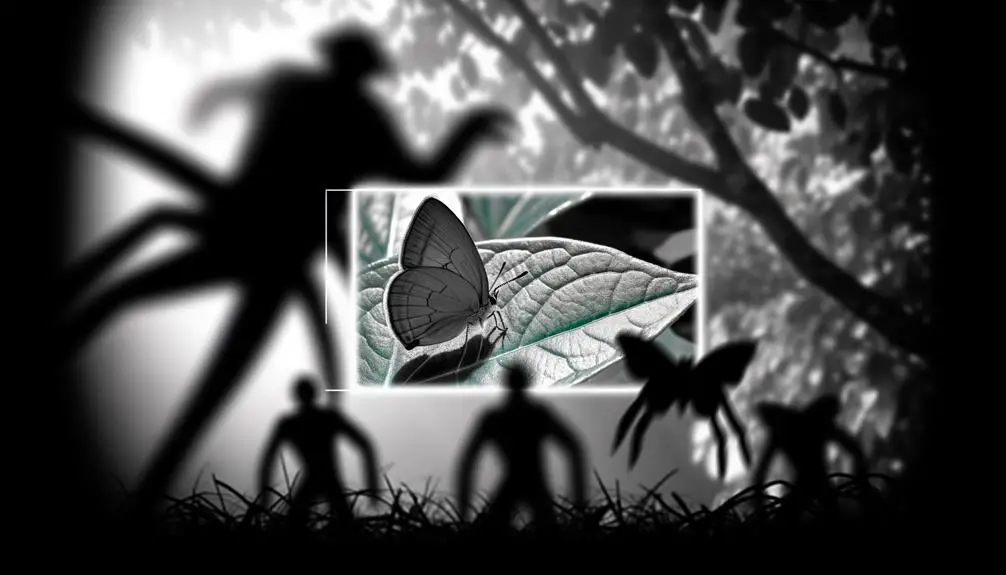
The butterfly's absence from the dance can be attributed to its innate survival mechanisms against predators.
Employing camouflage and other survival tactics, the butterfly minimizes its visibility to natural predators such as birds and spiders.
This heightened awareness and strategic behavior are essential for its continued existence in a hostile environment.
Camouflage and Survival Tactics
Adopting sophisticated camouflage techniques, butterflies enhance their survival by blending seamlessly into their environments, thereby evading predators and mitigating threats. These tactics range from coloration that mimics leaves or tree bark to intricate patterns that disrupt visual recognition.
For instance, the dead leaf butterfly (Kallima inachus) employs wing patterns that resemble a decaying leaf, making it nearly invisible to potential predators. Additionally, some species adopt cryptic coloration, which allows them to merge with the background flora.
This form of camouflage not only reduces visibility but also disrupts predator search images, effectively lowering predation risks. The effectiveness of these adaptive strategies underscores the evolutionary importance of camouflage in the survival and longevity of butterfly populations.
Natural Predators Awareness
In order to navigate the myriad threats they face in their habitats, butterflies must develop acute awareness of their natural predators. Predatory birds, spiders, and even other insects pose significant dangers.
Butterflies utilize a combination of visual, chemical, and behavioral adaptations to detect and avoid these threats. Their compound eyes provide a wide field of vision, enabling them to detect motion effectively.
Additionally, some species emit chemical deterrents or possess aposematic coloration to signal toxicity. Behavioral strategies such as erratic flight patterns and selective feeding times further reduce predation risks.
Understanding these adaptive mechanisms is essential for comprehending why butterflies might avoid certain activities or locations where their vulnerability to predators increases, thus influencing their behavioral ecology.
Mating Behaviors
Understanding the intricate mating behaviors of butterflies requires a detailed examination of their environmental interactions and physiological adaptations. Mating rituals are complex, involving visual and chemical cues that guarantee species recognition and reproductive success. Male butterflies often engage in elaborate displays to attract females, utilizing vibrant wing patterns and pheromones. Environmental factors such as temperature, photoperiod, and availability of host plants also play significant roles.
| Behavior | Description |
|---|---|
| Visual Displays | Males showcase wing patterns to attract females. |
| Pheromone Release | Males emit specific scents to entice mates. |
| Environmental Cues | Factors like temperature influence mating times. |
These behaviors guarantee that mating occurs under ideal conditions, thereby enhancing the chances of successful reproduction and subsequent survival of the species.
Food Sources
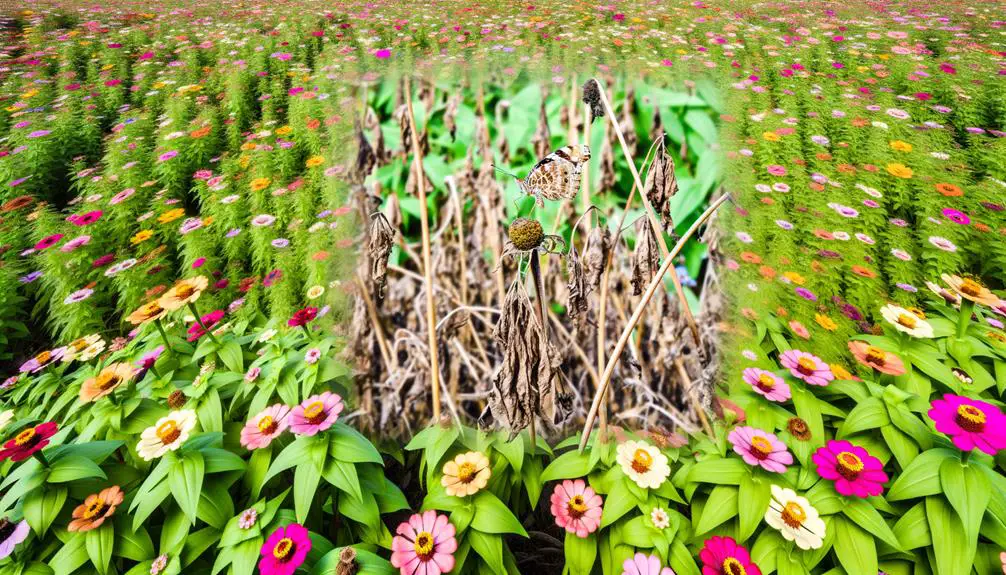
While the intricacies of mating behaviors are essential for reproductive success, the accessibility and variety of food sources play an equally significant role in the survival and health of butterfly populations.
Butterflies primarily feed on nectar from flowers, requiring a diverse array of blooming plants to meet their nutritional needs.
The availability of these plants directly influences their ability to sustain energy for activities such as flight, mating, and migration.
Additionally, some butterfly species depend on specific host plants for their larvae, which can further restrict their habitat range.
Environmental changes, habitat destruction, and pesticide use can severely impact food availability, thereby affecting population dynamics.
Consequently, the presence and quality of food sources are critical determinants of butterfly viability and ecological resilience.
Symbolic Interpretations
The butterfly's absence from the dance can be symbolically interpreted through the lenses of transformation and personal growth, as well as beauty and vulnerability.
Its metamorphosis from caterpillar to butterfly represents profound change, suggesting that the journey itself may preclude participation in ephemeral events.
Additionally, the fragility of its wings underscores a delicate balance between aesthetic allure and susceptibility, potentially illuminating deeper reasons for its nonattendance.
Transformation and Personal Growth
In many cultures, the butterfly is a powerful symbol of transformation and personal growth, representing the profound changes that occur through life's various stages.
This metamorphic journey from caterpillar to chrysalis to butterfly epitomizes the human experience of growth, struggle, and eventual emergence into a higher state of being. Such symbolism underscores the importance of embracing change and the transient nature of personal development.
The butterfly's transformation is not merely a biological process but a metaphor for the psychological and emotional evolution individuals undergo. It serves as a reminder that periods of seeming inactivity or struggle can precede significant personal achievements.
This analogy provides a framework for understanding the continuous cycle of learning, adaptation, and self-improvement inherent in human life.
Beauty and Vulnerability
Amidst its delicate wings and vibrant colors, the butterfly embodies a striking juxtaposition of beauty and vulnerability, offering rich symbolic interpretations. This duality can be dissected into several poignant themes: The butterfly’s metamorphosis reflects themes of transformation and fleeting existence, much like the emotional arc found in the Madame Butterfly opera plot. This renowned story encapsulates love, betrayal, and tragedy, mirroring the fragile yet profound essence symbolized by the butterfly. Its ephemeral beauty serves as a reminder of both the promise of renewal and the inevitability of change.
- Ephemeral Nature of Beauty: The butterfly's brief life span epitomizes the transient nature of aesthetic appeal, reminding us that beauty is fleeting.
- Fragility and Strength: Despite its fragile wings, a butterfly's migration over vast distances symbolizes resilience hidden within apparent delicacy.
- Exposure to Predators: The butterfly's vivid colors make it an easy target, illustrating how visibility and attractiveness can increase vulnerability.
- Transformation and Renewal: Emerging from a chrysalis, the butterfly's beauty is a product of profound vulnerability during metamorphosis, highlighting growth through exposure.
These symbolic interpretations deepen our appreciation of the butterfly's compelling narrative.
Conclusion
The butterfly's absence from the dance can be attributed to survival instincts and environmental exigencies.
Predators and threats further deter participation, while mating behaviors and food sources prioritize practicality over frivolity.
Symbolic interpretations suggest deeper meanings, reflecting the delicate dance of existence itself.
Such factors intricately intertwine, underscoring the complex calculus governing the butterfly's behavior.
This analysis accentuates the necessity of understanding ecological and ethological elements in comprehending the seemingly simple actions of such creatures.

